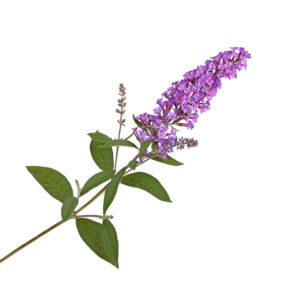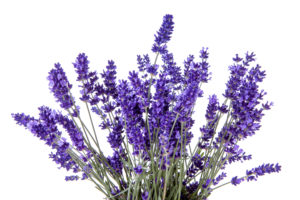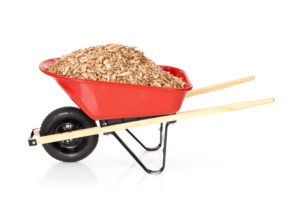How to Build a Drought Tolerant Landscape
You can do a lot to build a more environmentally friendly garden.
The biggest impact, however, comes from using less water to maintain your garden.
That means planting drought tolerant plants so you can use less water without losing the colour and enjoyment your garden brings.
Drought tolerant plants still need to establish themselves in your garden, so water them like any other plant in the first season. Their roots will grow larger and deeper than other plant varieties, and a well-established drought tolerant plant will do better with much, much less next year.
The best drought tolerant plants for Ontario
Ontario is home to lots of colourful, drought tolerant shrubs, perennials, grasses, vines and trees.
In no particular order, your low-water garden will still enjoy colour and variety, and draw bees and birds, with these plants.
 Shrubs like…
Shrubs like…
- Tamarisk
- Ninebark
- Dwarf Burning Bush
- Butterfly bush
- Ivory halo dogwood
- Smokebush
 Or flowering plants like…
Or flowering plants like…
- Geranium
- Echinacea
- Hosta
- Lavender
- Hens and chicks
- Daylilly
- Yarrow
Experienced low-water gardeners love Mediterranean plants. Some require no water through even the most painful heatwaves. They’re well suited to low water, poor quality soil environments.
Don’t forget ornamental grasses. There are thousands of varieties, and all are drought resistant.
How does mulch help lower my water use further?
Adding mulch to your garden greatly reduces the amount of water lost to evaporation.
Even if you water your plants with a drip system feeding the roots almost directly, you inevitably lose moisture to evaporation.
Mulch creates a barrier between the heat of the sun, the wind, and your moist soil – locking that moisture where it’s needed most.
And more, mulch:
- Inhibits the germination and growth of weeds in your soil.
- Helps regulate the temperature of the soil so plants or trees don’t get stressed from low to high summer temperature fluctuations.
- Breaks down very slowly, improving composition and preventing it from becoming too compact.
- Increases biodiversity in your yard by giving a variety of insects and other tiny creatures homes and shelter.
Get the full benefits from your mulch by adding a layer of at least 2-3 inches and maintaining it as long as you have plants in your garden.
Trees and shrubs benefit all year round, so do vegetable gardens in the summer.
Rake the mulch seasonally to freshen up the colour.
We can help with the mulch for your drought tolerant garden.
Cedar, pine, black or red – whatever matches the look you want – are all in stock right now.
Stop by and stock up today and finish your project up this weekend.

 Shrubs like…
Shrubs like… Or flowering plants like…
Or flowering plants like…
